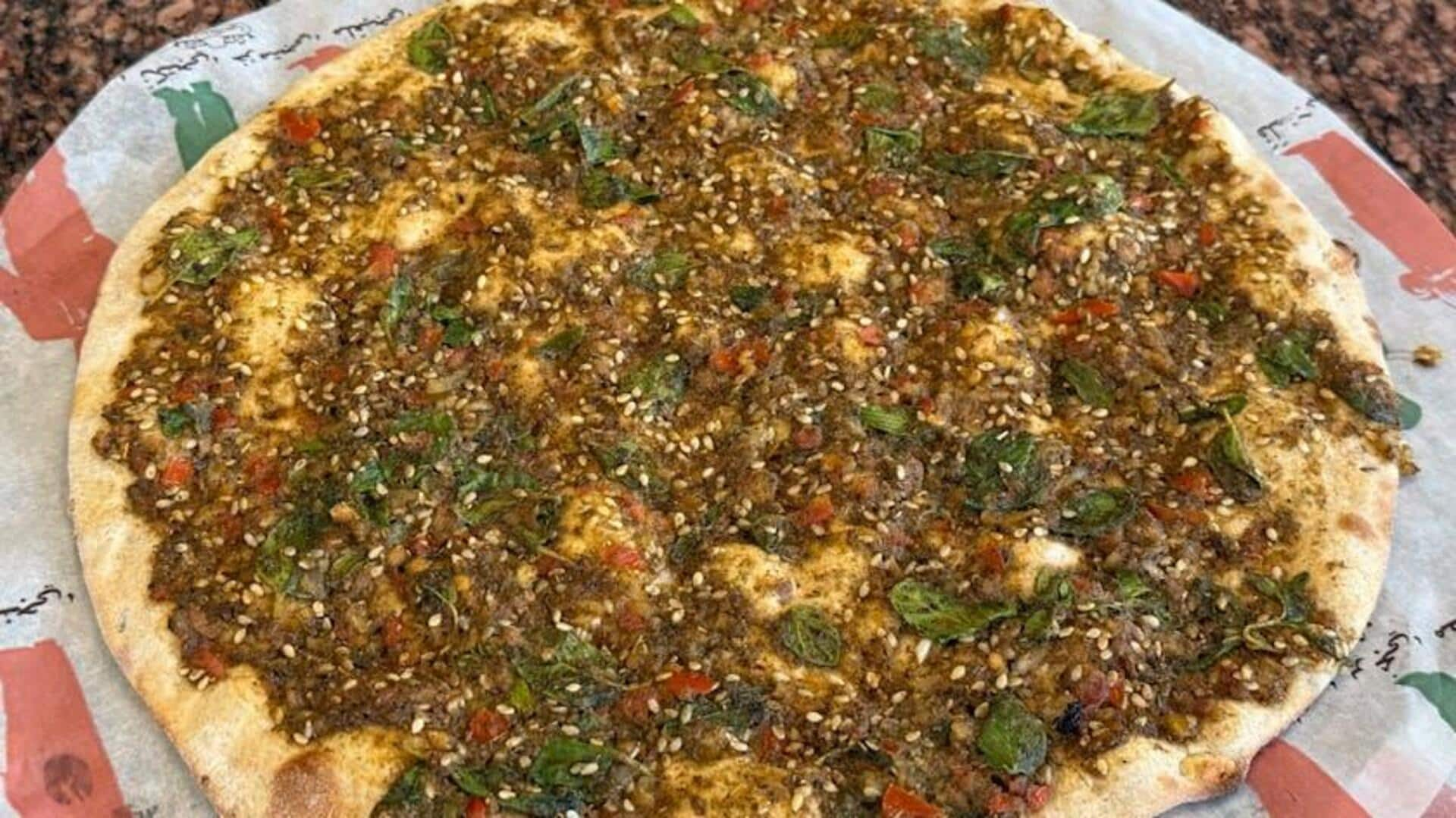
Manakish: A traditional dish with a rich history
What's the story
Manakish, a traditional Middle Eastern flatbread, has a rich history that dates back centuries. Often referred to as the region's pizza, this dish has evolved over time while retaining its cultural significance. With roots in ancient culinary practices, manakish continues to be a staple in many households and markets across the Middle East. Its journey reflects changes in ingredients, preparation methods, and regional variations.
#1
Origins and historical significance
The origins of manakish can be traced back to ancient Levantine kitchens where simple ingredients were combined to create a nutritious meal. Traditionally made with dough, olive oil, and za'atar or cheese, manakish was an accessible food for families. Its historical significance lies in its role as a communal dish often shared during breakfast or special occasions.
#2
Evolution through time
Over the centuries, manakish has evolved with changing tastes and available ingredients. From being a basic flatbread topped with herbs or cheese, it has transformed into a variety of toppings such as spinach or labneh. This evolution shows the adaptability of this dish as it continues to cater to modern palates while still holding on to its traditional roots.
#3
Regional variations across the Middle East
Different regions in the Middle East have also added their own twist to manakish. In Lebanon, for example, you can find varieties stuffed with fresh vegetables or spices unique to the area. In Syria and Palestine, you can find thicker crusts or different types of cheese fillings that highlight local flavors.
#4
Modern-day popularity and trends
Today, manakish is not just a beloved breakfast option but also a trendy snack across the world. Bakeries serve them all day long with different fillings to suit different tastes. The rise of health-conscious consumers has also led to whole wheat versions of this classic dish being offered at many places.